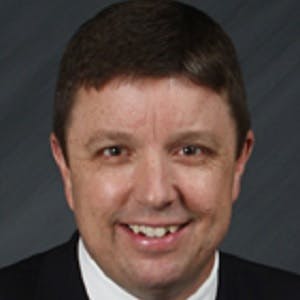In the energy and process industries, physics-based digital twins are gaining prominence in virtual equipment development. Using simulation in the digital twin, engineers can determine optimal equipment designs before a unit goes into production.
Until recently, digital twins could not be deployed at the operational level, as they could be too complex or slow to react to the speed of operation. This is changing quickly. In this webinar, you’ll learn how physics-based simulation lowers the barrier for executing the digital twins on the production floor.
Using simulation to understand complexity
Energy and chemical industry processes are complex. Using simulation to understand complexity creates opportunities to deploy the insights to your businesses’ advantage. Physics-based simulation models, at varied length scales, allow engineers to capture this complexity and use it to explore design and operating spaces to find optimum conditions.
Deploying insights from simulation into operations
Deploy simulation insights into operations using executable digital twins. With digital twins, your engineers can determine the ideal design before the unit goes into production. Operations engineers can react to real-time product disturbances based on the deep insights gained during R&D.
Key requirements for physics-based simulation
The need to investigate problems across all lengths and time scales is one of the essential requirements for physics-based simulation. An engineering team may need a fit-for-purpose tool for a given scale. If multiple tools are required, integration must be seamless while offering a simple-to-use workflow.
Meet the Speakers

John Lusty
Global Industry Marketing Lead, Energy & Utilities
John is the Energy & Utilities industry marketing lead for Siemens DISW.

Ravi Aglave
Director, Energy & Process Industries